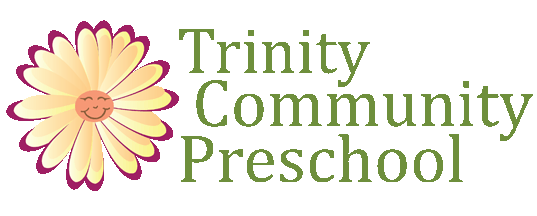
‘Bee’ Safe: A quick guide to bee safety and sting first aid.
BY DIANE COVEL, RN Approx read time: 3 minutes
A Bit About Bees
Bees are an important part of our ecosystem and we can coexist with them peacefully. Bees are amazing because they pollinate crops (like fruits and almonds) and give us wax and honey. Honey can be used as a sweetener and added to medicines. Beeswax is used in cosmetics, candles and crayons. We need bees.
Springtime Brings Bees
Spring is here and that means bees are, too. And it’s time to enjoy outdoor play! Checking for bees’ nests at the start of Spring and then periodically throughout the warm months is key. Nests can be found in gardens, trees, on the ground, and on and inside buildings.
Where should you look for nests?
- Swing sets, playhouses & outdoor toys
- Fences & railings
- Trees & hollow logs
- The eaves of your house
- Ground nests in the lawn and yard where your children play
- Nooks and crannies in your outdoor furniture
Bee Safety
Honey bee nests are typically not a safety issue and should be left alone. It is possible to strike a balance between keeping children safe and protecting bees.The internet has loads of natural and safe tips on preventing bees from even starting a nest. Homemade natural sprays that won’t harm children, the environment or honey bees can be applied in high traffic and play areas. You can also plant wildflowers to attract bees away from play areas. If you discover a honey bee nest where children play, consider contacting a professional to preserve and relocate the nest. This is a great learning experience for kids!
Safety tips for children:
- Teach your child to leave bees alone and to walk away slowly and calmly if a bee is near them. Swatting at bees or running may trigger a sting.
- Avoid brightly colored clothing, perfumes, & sweet treats which attract bees.
- Children should wear shoes to avoid stepping on a bee.
- Children should avoid the nest area before, during and for 12 hours after you’re sure treatment has worked.
Safety tips for adults:
- If you must spray a nest, use planet-friendly alternatives during late evening when the bees are less active.
- Watch the nest from a safe distance for a day and repeat the treatment if needed.
- Wear clothing such as long pants, a long-sleeved shirt and closed footwear to protect from stings during nest removal.
- Do not save chemically treated honeycombs or nests. They are fascinating but not safe to touch.
- Consider contacting a professional for removal especially if anyone in your family has a known sting allergy.
If Your Child Is Stung
Steps to take if your child is stung:
- Remove a stinger by scraping sideways across the skin with a credit card or fingernail.
- Do not pull out or squeeze a stinger because this may release more venom into the skin.
- Wash the area with soap and water to prevent infection.
- Apply a cold compress or ice pack to help with the pain, swelling, redness and burning.
- Call your child’s pediatrician before using topical/oral antihistamines or pain relievers, or if symptoms last more than a few hours.
- Watch your child for signs of serious allergic reaction (anaphylaxis) such as wheezing, hives, face or throat swelling, or vomiting or diarrhea. Call 911 immediately for signs of a serious allergic reaction.
It’s easy to keep your child safe around bees by remembering where to look for nests, how to safely relocate or remove nests, and knowing a few basic prevention and first aid tips. Happy Spring and ‘Bee’ safe!
References
Understanding the Honey Bee. Purdue University.
https://www.extension.purdue.edu/extmedia/4h/4-h-571-w.pdf
How to Protect Your Child from Insect Stings. healthychildren.org.
https://www.healthychildren.org/English/health-issues/conditions/from-insects-animals/Pages/How-to-Protect-Your-Child-from-Insect-Stings.aspx
Wasps, Bees and Hornets: What’s the Difference? Almanac.com.
https://www.almanac.com/wasps-bees-and-hornets-whats-difference
Wasps and Bees. University of Minnesota Extension.
https://extension.umn.edu/yard-and-garden-insects/wasps-and-bees
Patient education: Bee and insect stings (Beyond the Basics). UpToDate.
https://www.uptodate.com/contents/bee-and-insect-stings-beyond-the-basics
Bee Stings: Prevention and Treatment. Almanac.com
https://www.almanac.com/content/bee-stings-prevention-and-treatment
The information contained in this article should not be used as a substitute for the medical care and advice of your pediatrician. There may be variations in treatment that your pediatrician may recommend based on individual facts and circumstances.


